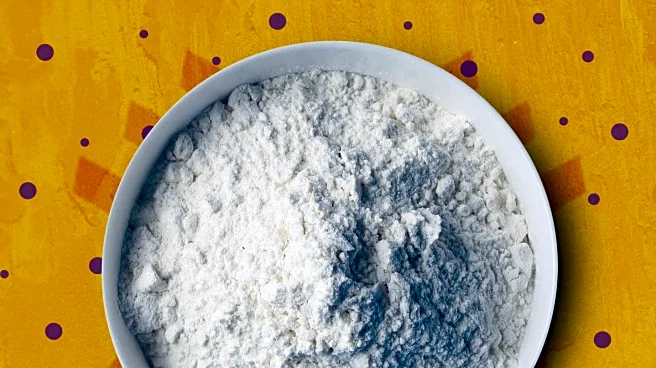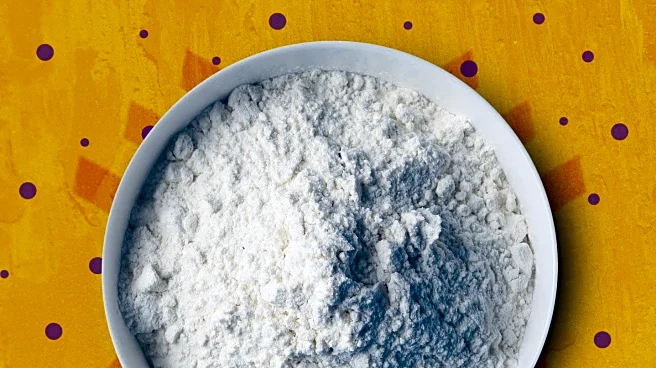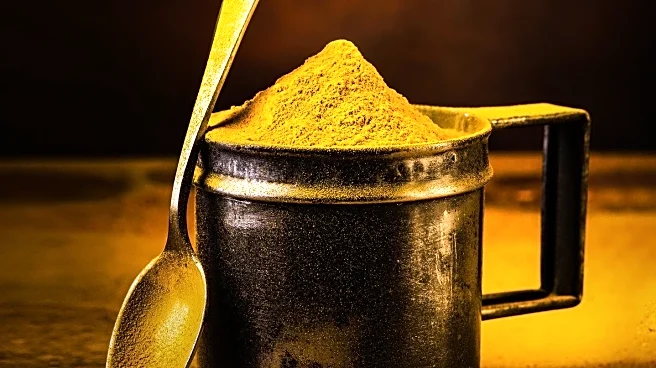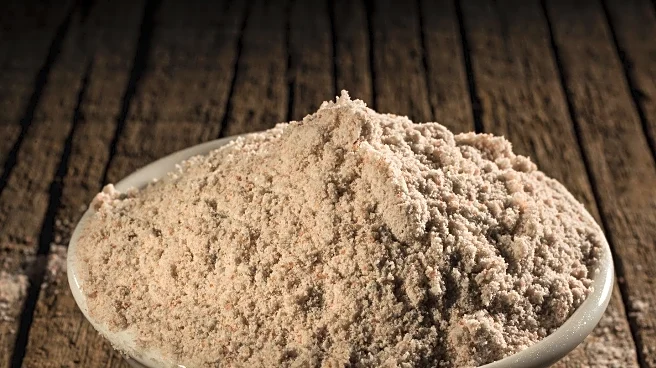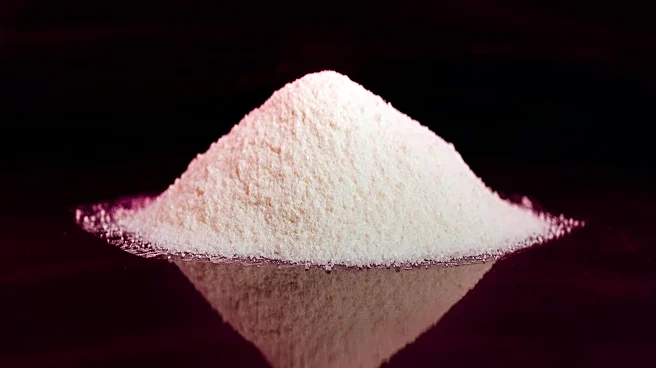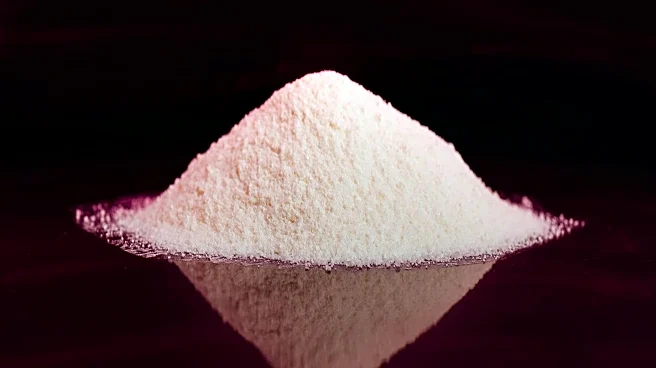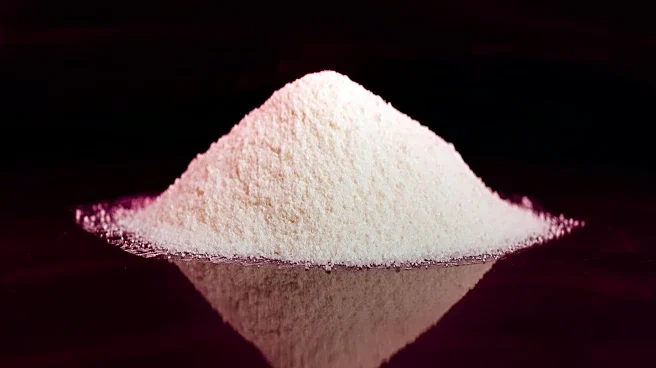What's Happening?
A Consumer Reports investigation has revealed concerning levels of lead in several popular protein powders and shakes. The study tested 23 different products, finding that plant-based protein powders were
particularly affected, with nearly all samples showing elevated lead concentrations. Two products were identified as having dangerously high lead levels, prompting Consumer Reports to advise against their consumption. This discovery raises significant safety concerns within the protein supplement industry, which has seen widespread adoption beyond traditional bodybuilding circles.
Why It's Important?
The findings highlight the urgent need for stricter regulation and monitoring of protein supplements, which are increasingly popular in mainstream wellness culture. Elevated lead levels pose serious health risks, particularly for consumers who rely on these products for dietary supplementation. The report underscores the importance of consumer awareness regarding potential contaminants in supplements, pushing for industry-wide improvements in product safety standards. This could lead to increased scrutiny and regulatory action to protect public health.
What's Next?
The protein supplement industry may face heightened regulatory scrutiny following these findings, with potential calls for stricter safety standards and testing protocols. Consumers are likely to demand greater transparency from manufacturers regarding ingredient sourcing and contamination risks. Health experts may advocate for more comprehensive studies to assess the safety of other dietary supplements, potentially leading to broader industry reforms. Manufacturers might respond by reformulating products to ensure compliance with safety guidelines.
Beyond the Headlines
The report's implications extend beyond immediate health concerns, potentially influencing consumer trust in dietary supplements and prompting shifts towards more natural or whole-food alternatives. The focus on lead contamination may drive innovation in testing technologies and methodologies, enhancing product safety across the industry. This development could also spark discussions on environmental factors contributing to heavy metal contamination in food products, encouraging sustainable practices in agriculture and manufacturing.
